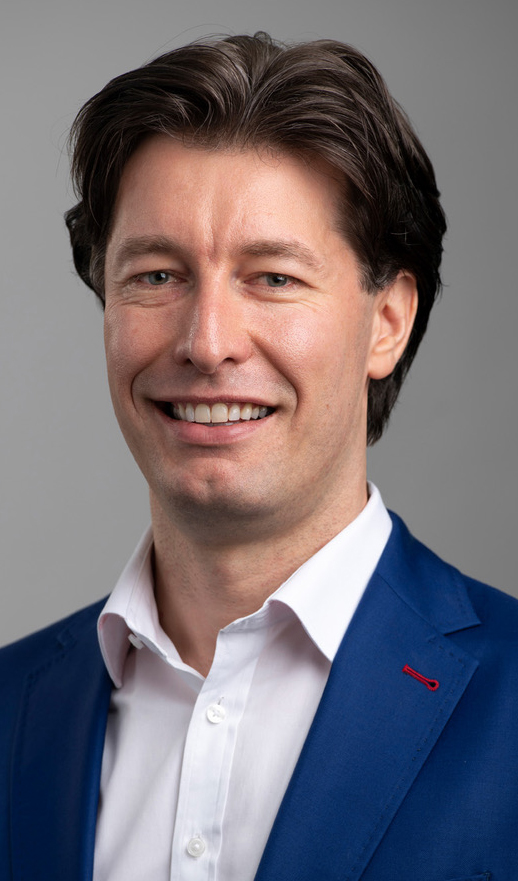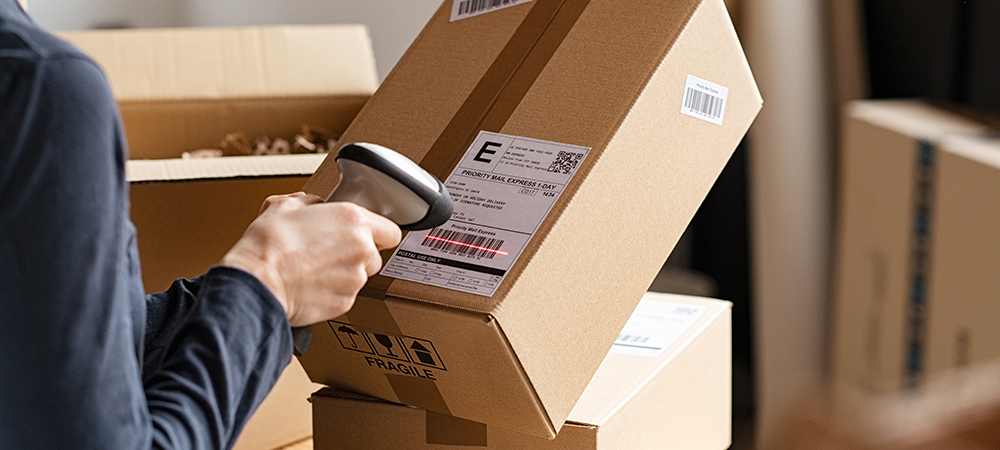Hermes is the largest dedicated parcel carrier in the UK, delivering more than 650 million parcels on behalf of 80% of the UK’s top retailers. Over the last five years, CEO, Martijn De Lange, has overseen the company triple in size and become a £1.5bn revenue business. Moving away from the traditional logistics culture, he is guiding the business to put the customer experience at its heart, led by technology, with an ambitious ‘Digital Futures’ Programme. He tells Intelligent CXO more about his role, leadership style and forward strategy.

Tell us about the scope of your role at Hermes UK and how this has evolved during your time with the company.
As CEO, I’m responsible for the total business here in the UK, as well as our parcels internationally, coming either inbound or outbound. When I started, I was the Operations and Customer Services Director, and then I became the COO, Managing Director and eventually the CEO. The business has had tremendous growth over that time – seven years of double-digit growth, for example.
My role has not only progressed from a title or responsibility point of view but also from the sheer size of the business itself and the products and markets that we’ve been launching.
How has the business grown since it started and how did you ensure growth?
When I joined the business it was very much a standard economy courier delivery business, so it was very value for money. It was focused on economy parcels that would get delivered to homes in two to five days.
The first thing that we did was to make it more multi-channel, so we had a much stronger next day proposition which is where the market was going. We had a very late cut-off time so retailers could keep their shops open until late. We also opened our parcel ship offering. We went into different markets, like SME markets, opened our consumer websites and started working with marketplaces. We had many more product lines, so that was the first phase.
The second phase was around customer experience and tech. We started to invest in a tech hub, an innovation lab, and we launched ‘Digital Futures’, which offered lots of features and benefits to consumers.
Lately we’ve been trying to expand from a home delivery business in the UK into a home and out-of-home delivery business, not just in the UK but also internationally.
What is your management philosophy and how do you embed this across the business?
I like people that work with content, actions and being close to the customer, the operations and the business. By knowing your business you can start forming your strategy.
I don’t believe in that going the other way around, where you come in from an ivory tower, look down and try to strategise the business.
I think the first thing is to understand the business, make sure you’re involved in the content, and that incremental improvements form really big changes. I always say to people after every week or after month, ‘what are three things that are different now than they were last week or last month?’. You’re just constantly working on continuous improvement plans.
I think another thing is to hit the accelerator; be very client-focused, very tech product-focused and go for growth, rather than being too cautious. What comes with that is quicker, more agile decision making.
The third part is that it is fun, that we get on as a team, that there’s a great team atmosphere. I think that is very infectious and makes people join the business. Then you can build on the qualities that you have even further, with a great energetic culture.
As CEO, what advice would you offer other executives within the C-suite to make sure their voice is heard?
To get your voice heard, you will have to spend time understanding the business, understanding the people, understanding the data and understanding how to make things better, rather than a pile of observations. If you are more informed, then your colleagues around the board table will listen much more.
How do you ensure different teams in your organisation work together?
I think it is very important that there is a healthy culture of people who want to bring the business forward. If you gather, over the years, a group of people around you, then they will gather people around them again etc. These people will all be brought up in that culture of wanting to do what’s right for the business, rather than for them, just individually. So, I think the starting point is that culture and getting to know each other.
Lastly, if you share certain objectives, you can drive different behaviour. We have a transformation portfolio to make sure all the functions are represented. They’re the kind of things that we’re trying to do from cultural things to HR things, to the events to cross-functional working.
How did the pandemic impact your business operations and how did you respond?
The pandemic itself doubled the business overnight. But the first thing we were all concerned with was the well-being of our people, our customers, etc. We were trying to adjust our products and our services to what was right for the pandemic – so that was step one.
Step two was to make quick decisions around capacity and try to capture that. We were decisive around our investment choices and that has been good for the business, enabling us to capture the opportunity of the pandemic.
How do you manage constant growth and the ability to scale in line with increased consumer demands?
You are constantly trying to up the capabilities of your organisation. So, it’s about how you add that kind of people capability, which is partly, how do you bring your talent through in your organisation or even recruit young talent in the early stages.
Years ago, we were able to attract bigger and better talents and that creates momentum and enables your business to keep on going. I think capability from a people point of view is huge to keep on managing growth.
I think the other thing is around investment choices, so you must try to look ahead a little bit and see you know where the opportunities are. How do you look ahead, how do you plan for that, how do you create the right kind of operational organisational design to cope with that growth?
I ask myself these questions every single day, around the capabilities, and luckily now I’ve got some good people around me that help this business go from strength to strength.
Customer experience is a top priority for many businesses today. How important is the delivery of a positive customer experience for your organisation and how do you enable this?
This is super important. We are an extension to retailer brands, so we are constantly busy with improving our customer experience. We do that in many ways, looking at the journeys with our retailers and how we can make them better.
We make our products, UX, better, simpler and easier so that we’re constantly busy with an agenda as well as looking at new products with new features. For example, we’ve just launched package list returns so you can just walk in, without a package or label, and we will do everything else, and this has been a huge success. It’s these types of improvements in our customer experience that we work on.
We’re very busy with how we shift our rewards towards customer experience and even get some direct dialogue going between consumers and people that deliver parcels. Ultimately, 99.5% of people go to work to do a great job. What I’m making sure of is that they know what a great job looks like via direct interaction with the consumer.
Looking ahead, what do the next few years have in store for Hermes UK and how do you plan to grow the brand?
E-commerce is an exciting opportunity for us so that goes much wider than logistics for delivery, it’s figuring out how we enable brands that want to sell online, in the UK or internationally. We have great capability to service these markets or these products. So, we will keep on pushing that and become that e-commerce enabler people can turn to if they want their ideas and goods delivered.
Click below to share this article

